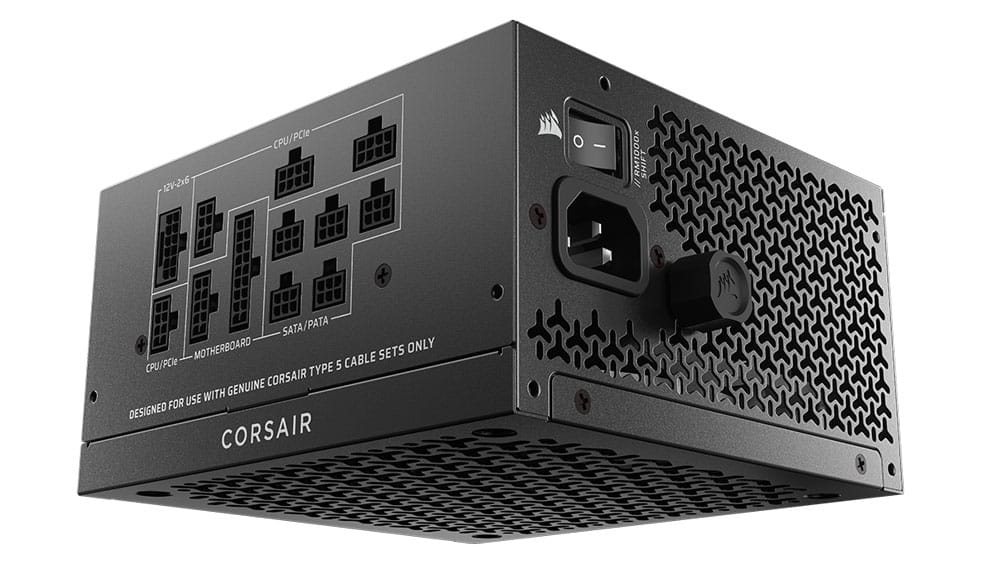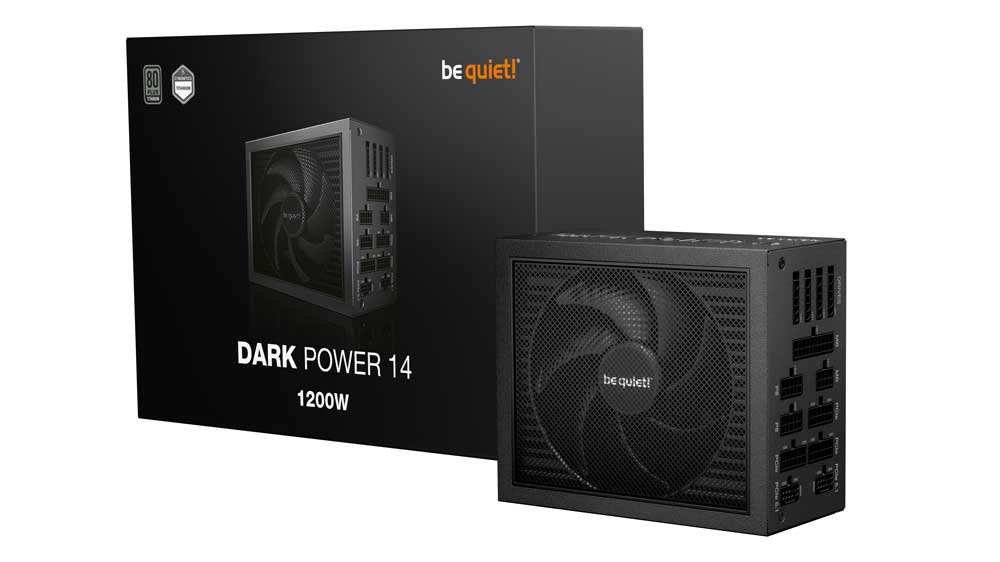Protection Features
Desktop power supply units (PSUs) include several protection features to safeguard both the PSU itself and the connected PC components (motherboard, CPU, GPU, drives, etc.). These protections prevent damage from electrical faults, overloads, or abnormal conditions.
| OCP (Normal @ 28.5°C) | 12V: 100.60A (120.77%), 12.046V 5V: 30.2A (151.00%), 4.985V 3.3V: 29.7A (148.50%), 3.297V 5VSB: 5.1A (170.00%), 4.994V |
| OCP (Hot @ 42.6°C) | 12V: 99.80A (119.81%), 12.046V 5V: 30A (150.00%), 4.987V 3.3V: 29.6A (148.00%), 3.3V 5VSB: 5.1A (170.00%), 4.996V |
| OPP (Normal @ 28.9°C) | 1195.43W (119.54%) |
| OPP (Hot @ 45.2°C) | 1171.32W (117.13%) |
| OTP | ✓ (76°C @ Heat Sink) |
| SCP | 12V to Earth: ✓ 5V to Earth: ✓ 3.3V to Earth: ✓ 5VSB to Earth: ✓ |
| PWR_OK | Proper Operation |
| UVP (Full Load @ 90V) | ✓ |
| UVP (No Damage @ 80V) | ✓ |
| Conducted Emissions EN55032 & CISPR 32 | ✓ |
| NLO | ✓ |
| Fan Failure Protection | ✗ |
| SIP | Surge: MOV Inrush: NTC & Bypass Relay |
The 12V rail’s OCP triggering points are too close under normal and high operating temperatures, and the same goes for the over-power protection. At least they are conservative, but still, the difference between normal and high temperatures should be larger. The minor rails have sky-high OCP triggering points, and to make matters worse, the difference between normal and high temperatures is minimal.
The remaining protection features are present except for fan failure, which should be implemented.
EMC Pre-Compliance at a Glance
Every electronic device, including PSUs, can be an EMI source, and the amount of EMI it emits can affect the proper operation of nearby devices. EMI can, in some extreme cases, even render them unusable. Some standards have been established to minimize electromagnetic interference (EMI) noise. The corresponding standards for IT (Information Technology) products are CISPR 32 and its derivative, EN 55032, which applies to products sold in the EU. In the EU, every product bearing the “CE” marking must comply with the EN 55032 standard. CISPR 32 and EN 55032 standards categorize devices into two classes: A and B. Class B equipment is intended for domestic environments. Hence, its permitted EMI emissions are significantly lower than those of A-class devices.
Our equipment for EMI readings:
- TBMR-110M EMI-Analyzer DC-110 MHz
- Tekbox TBLC08 LISN
- Tekbox TBFL1 transient limiter
- Tekbox EMCview software
| CISPR 32 / EN55032 Limits | ||
| CISRP 32 / EN 55032 Class A Conducted EMI Limit | ||
| Frequency of Emission (MHz) | Conducted Limit (dBuV) | |
| Quasi-peak | Average | |
| 0.15 – 0.50 | 79 | 66 |
| 0.50 – 30.0 | 73 | 60 |
| CISPR 32 / EN 55032 Class B Conducted EMI Limit | ||
| Frequency of Emission (MHz) | Conducted Limit (dBuV) | |
| Quasi-peak | Average | |
| 0.15 – 0.50 | 66 – 56 | 56 – 46 |
| 0.50 – 5.00 | 56 | 46 |
| 5.00 – 30.00 | 60 | 50 |
| CISRP 32 / EN 55032 Class A 10-Meter Radiated EMI Limit | ||
| Frequency of Emission (MHz) | Field Strength Limit (dBuV/m) | |
| 30 – 88 | 39 | |
| 88 – 216 | 43.5 | |
| 216 – 960 | 46.5 | |
| > 960 | 49.5 | |
| CISRP 32 / EN 55032 Class B 3-Meter Radiated EMI Limit | ||
| Frequency of Emission (MHz) | Field Strength Limit (dBuV/m) | |
| 30 – 88 | 40 | |
| 88 – 216 | 43.5 | |
| 216 – 960 | 46.0 | |
| > 960 | 54.0 | |
Please note that the ATX spec allows a 4 dB margin for conducted and radiated emissions. This means that if a PSU exceeds the limits but stays within the 4 dB margin, it meets the corresponding ATX spec requirement (8.1 Emissions).
EMI Results
The PSU’s EMI emissions are under control. The QP detector showed some high signals at lower frequencies that do not exceed the corresponding limits.





Is adding fan failure protection considered complex and expensive?
It needs some work yes but if you have a dedicated fan controller already it is easier
Generally speaking, the Great Wall’s platform on the shift version is better and more reliable than the Channel Well’s platform on the standard version? It seems the standard version’s platform is more robust.